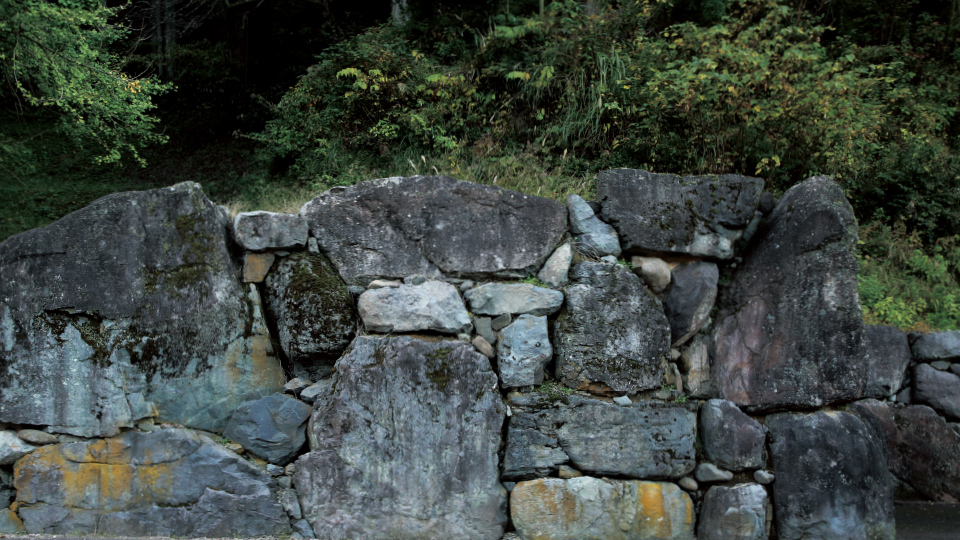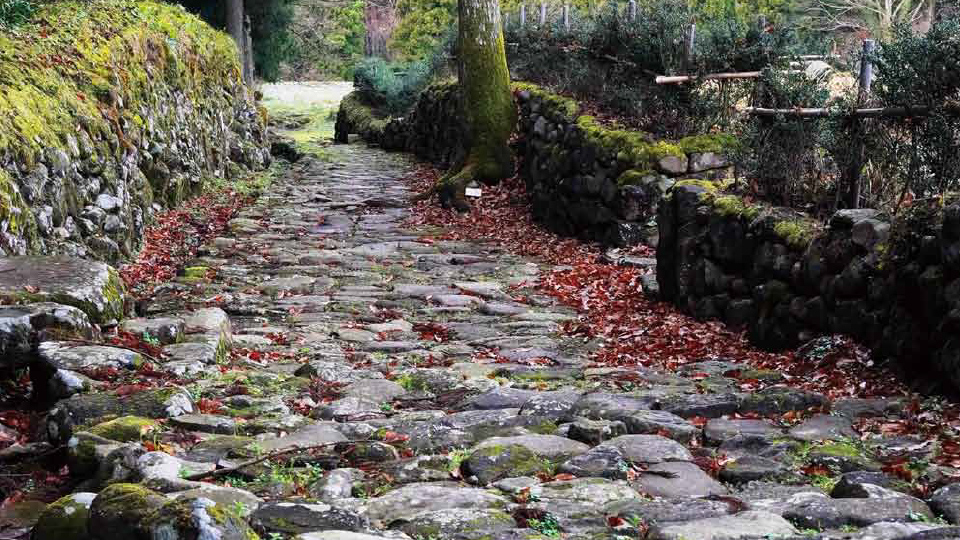

 Stone wall of the ruins of the castle gate in Ichijodani Asakura Clan Ruins (Fukui City)
Stone wall of the ruins of the castle gate in Ichijodani Asakura Clan Ruins (Fukui City)
Stories.
 Stone pavement in the ex-precincts of Hakusan Heisenji Shrine (Katsuyama City)
Stone pavement in the ex-precincts of Hakusan Heisenji Shrine (Katsuyama City)
Hakusan Heisenji Shrine was a huge religious town which used to have 48 shrines, 36 halls and 6,000 buildings for monks with 8,000 warrior monks at the height of its pros-perity in the medieval period. Attacked by Ikko-ikki, the whole facilities were burned down. Excavational investiga-tion which started in 1989 unearthed stone walls and stone-paved paths built extensively.This revealed sophisti-cated technique and strong economic power which con-structed the entire city using stones earlier than any other city of Japan. Flat river stones were paved on the roads, while stone walls were built with mountain stones. Drain ditches were made along stone pavement and buildings for monks were built at regular intervals. This town planning shows traces of strict urban improvement. Advanced tech-nique Heisenji possessed was passed down to Ichijodani which is over 20 km away as the crow flies, forming the root of town planning of Fukui by making use of stones.
Ichijodani Asakura Clan Ruins was designated as a national special historic site and survey has been made since 1967. Stones are skillfully utilized in this remains as well for ur-ban construction. The castle gate at the entrance of this castle town built by piling up huge stone as high as almost five meters shows majestic appearance. Demarcation of stone walls and many foundation stones of former residence sites of Yoshikage Asakura and his retainers still remain in a very good state of preservation, which revealed the layout of each room, etc. of their residences.Other than these, a frame of a well made of Shakudani stone, daily commodi-ties such as heating appliance called bandoko, etc. were dis-covered, which tell us prosperity of this castle town of the past. Many gardens with mountain stones that were three-dimensionally combined also remain here.